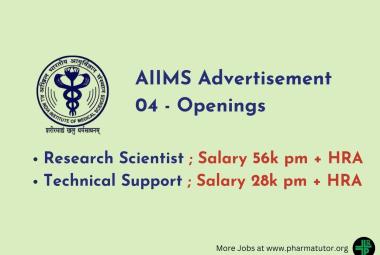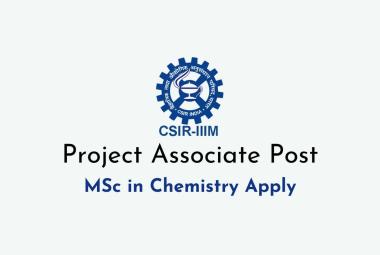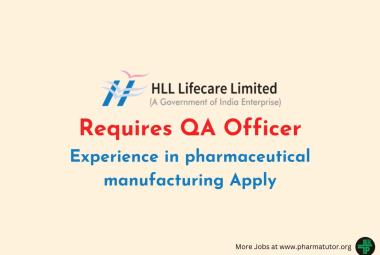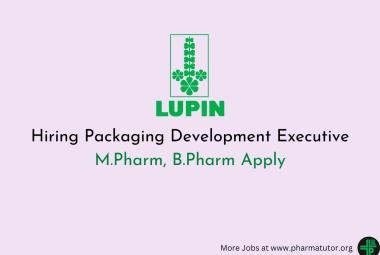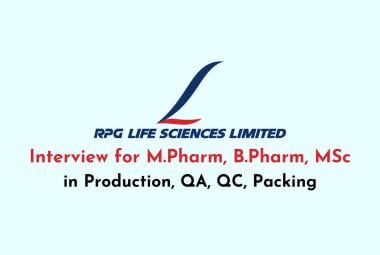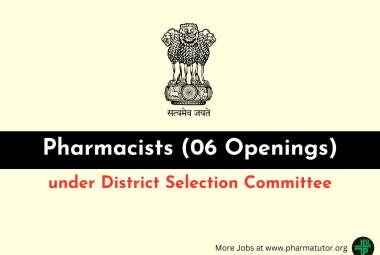 About Author: Rajyalakshmi Dhulipati (B.Pharm), Janardhanreddy Ramareddy P. (M.Pharm), G. Rajalakshmi (M.Pharm, Lecturer), Dr. N. Damodharan (M.Pharm, Ph.D, Professor & Head of the Department)
About Author: Rajyalakshmi Dhulipati (B.Pharm), Janardhanreddy Ramareddy P. (M.Pharm), G. Rajalakshmi (M.Pharm, Lecturer), Dr. N. Damodharan (M.Pharm, Ph.D, Professor & Head of the Department)
Department of Pharmaceutics,
SRM College of Pharmacy, SRM University,
Kattankulathur-603203, Kancheepuram Dist., Tamil Nadu.
Reference ID: PHARMATUTOR-ART-1055
Abstract
The main aim of the study is to formulate and evaluate floating microspheres of Metformin Hydrochloride. Gastro retentive floating microspheres have emerged as an efficient means of enhancing the bioavailability and controlled delivery of many drugs. Floating microspheres of microspheres are formulated in order to achieve an extended retention time in upper G.I.T. which results in enhanced absorption and thereby improving the bioavailability. Floating microspheres were prepared by Non aqueous solvent evaporation method by using Eudragit RS 100 and Eudragit RL 100. The pure drug, the polymers and the physical mixtures were evaluated for FTIR. The prepared Metformin hydrochloride microspheres were evaluated for surface topography, angle of repose, bulk density, tapped density, carr’s index, hausner’s ratio, yield of microspheres, particle size analysis, drug entrapment efficiency, invitro floating ability, invitro drug release and kinetic studies. Results showed that there were no drug incompatibilities and there was good floating ability. SEM revealed the size and surface morphology. The Preformulation parameters were found to be satisfactory. Drug entrapment efficiency was found to be 70-135% and yield was found to be 70-95%. The drug release profiles showed that microspheres prepared with Eudragit RS 100 showed less release when compared to Eudragit RL 100. When Eudragit RL 100 was used in combination with Eudragit RS 100, the release was found to be faster when compared to Eudragit RS 100 alone. The release data obtained were fitted to Higuchi and Korsemeyer-Peppas model to indicate that the mechanism of the drug release was non fickian type of diffusion.


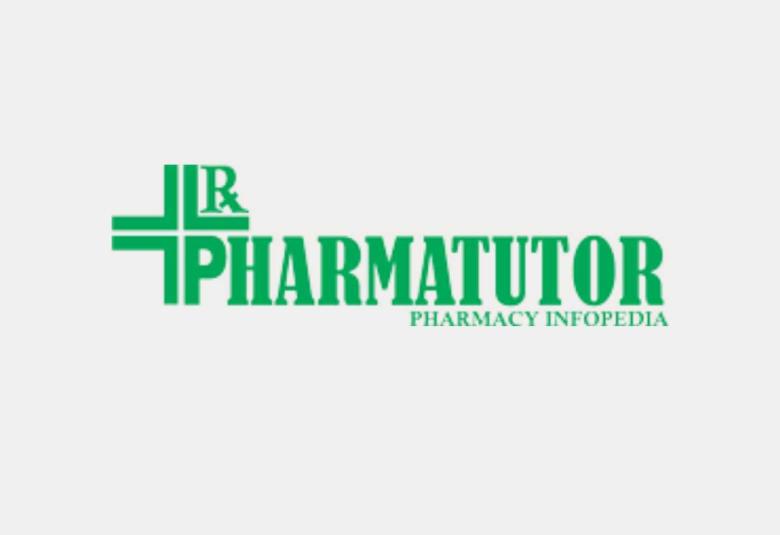
 About Author:
About Author: About Author:
About Author: About Authors:
About Authors: